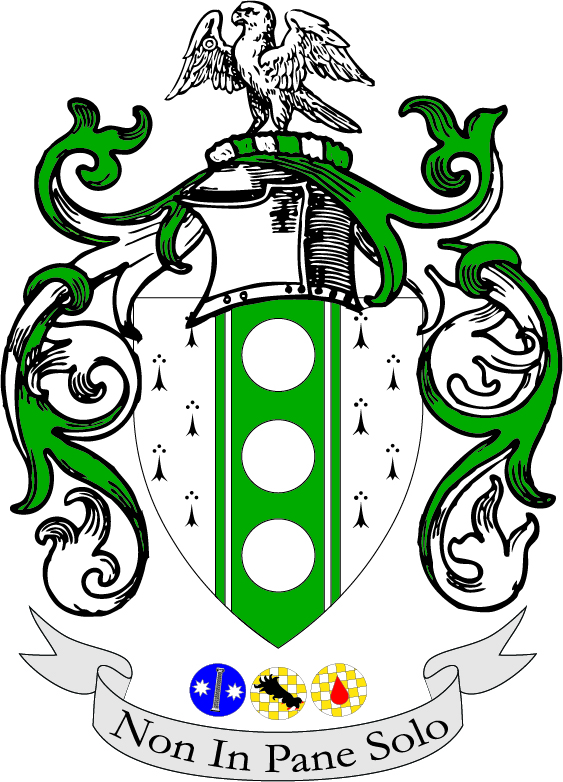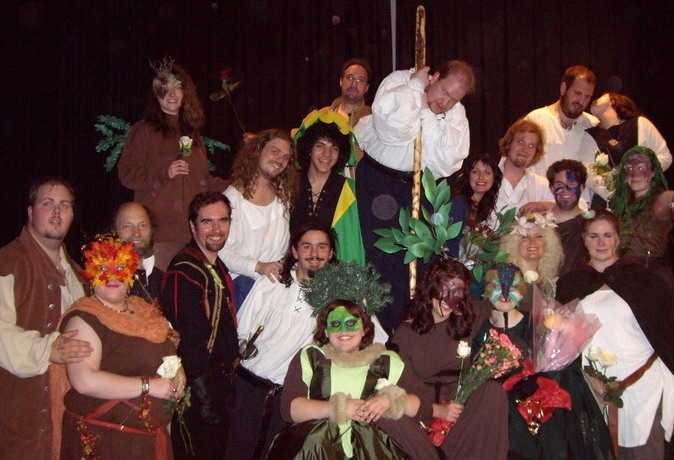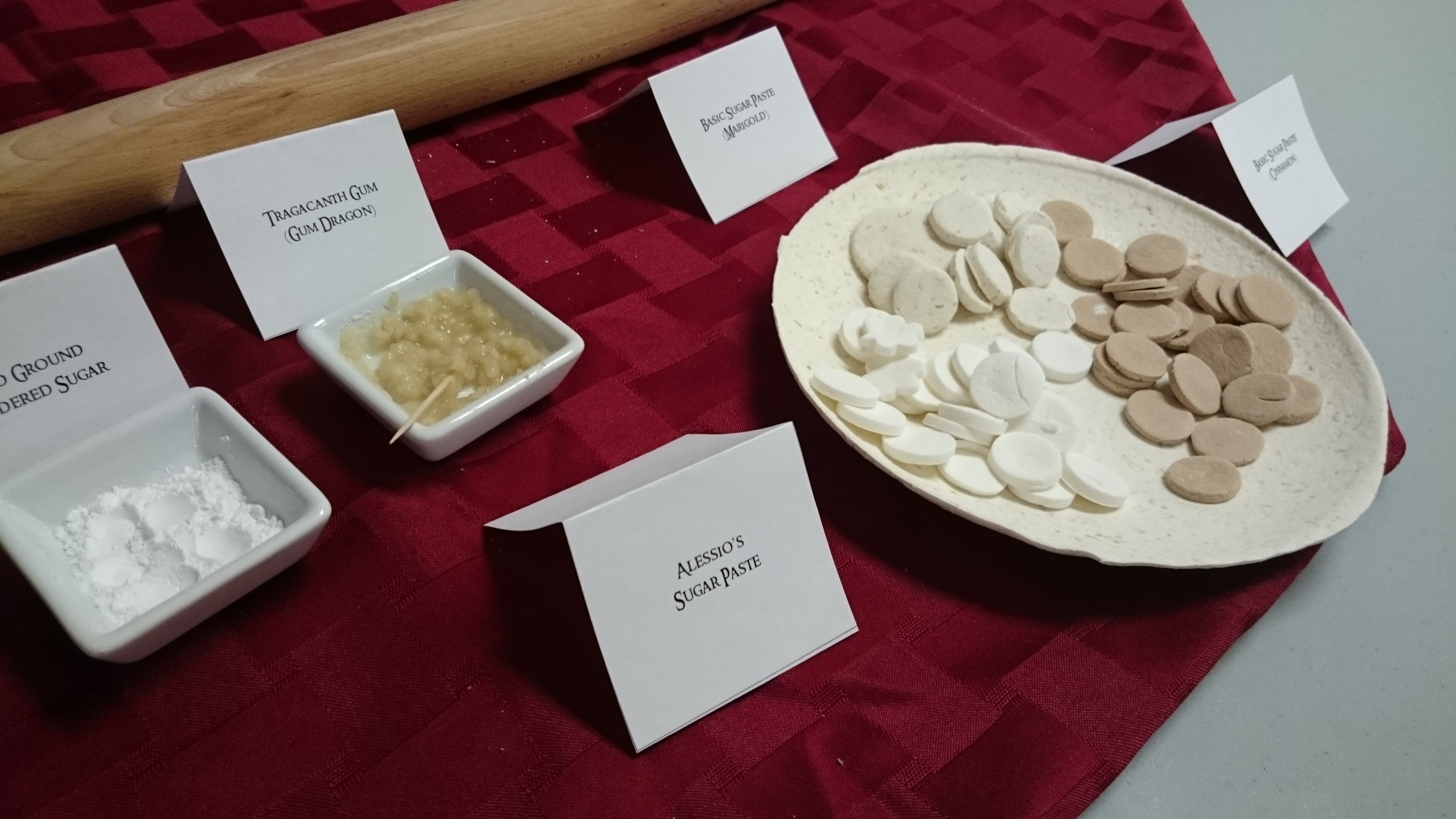It’s been about 18 months since my back injury.
In late March 2011 I had a bulging disk. For those who don’t know what it is, a bulging disk is where the cartilage that sits between your vertebrae moves out of position. The symptoms are pain, more pain, and some more pain, oh and difficulty moving your spine, legs, and arms. There’s an upside. It’s not a herniated disk, which is when the outer layer of cartridge on the disk rips and exposes the inner layer. A herniated disk apparently never fully recovers from what I’ve heard. However, I lucked out and was only in pain for seven or eight months.
The final thing that caused the bulging disk was me sitting down on something that was very low. Yeah. That’s it. However, these things don’t happen by themselves. It was a result of a slowly weakening back, made worse by posture, repetitive stress from my work, the types of exercises I was doing, and my weight.
After the injury I was on some major pain medication and industrial strength muscle relaxants. This made for an interesting SCA event that I went to a few weeks after the injury, some fun times running meetings, and a month of completely unproductive work. However things got better.
In July 2011 I figured that my back was healing well so I’d do some fencing. I overdid it and set my recovery back a month. After that I stopped fencing until January 2012.
Nine months of no fencing, and now I’ve been fencing again for nine more months – in practice. I haven’t fought in a tournament since before my accident. So it seemed like a good time to update.
During the time that I couldn’t fence I actually started thinking more about fencing than I had before. Just before my accident I had begun looking at Rapier through the same lens I use for A&S, thinking about it in an academic way. This lead to reading a few more books on topics around fencing, and returning to some of the original manuals.
In June 2011 I started looking into Joseph Swetnam’s manual and realized that everyone ignored the first half of his manual to focus on the combat application part. I decided that since I wasn’t going to be able to fence for a while anyway I might as well go through all of Swetnam’s manual, and decided to write up an overview of each chapter for other people who might want to know what’s in the rest of it.
Going through his manual and learning to understand his principles have improved my fencing. I’m understanding the basic concepts better, and using Swetnam’s true guard seems to fit right into my abilities. But more importantly because of all of this I now see my Rapier work and my A&S work as being linked. I look at fencing from a more analytical viewpoint. I may always be a mid range fencer, but I know I”m a great researcher, so I’m going to focus on the research and let that continue to inspire and influence my fencing.



0 Comments